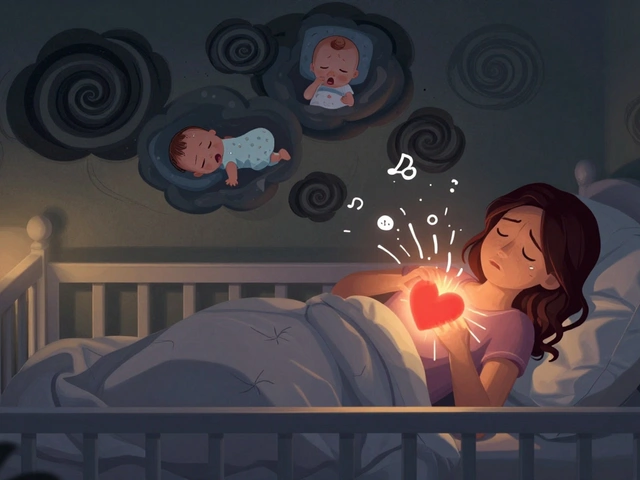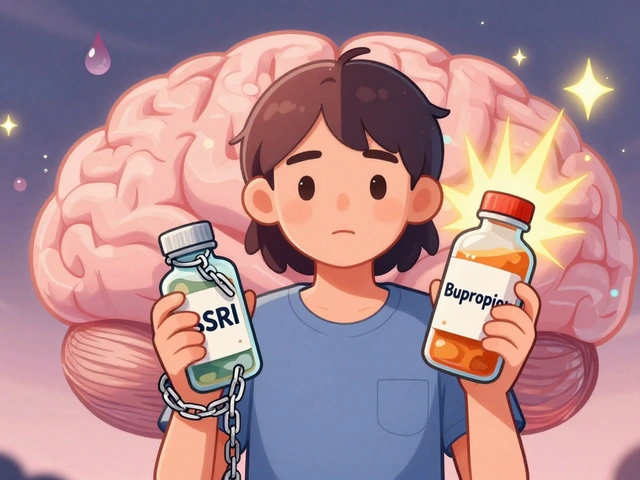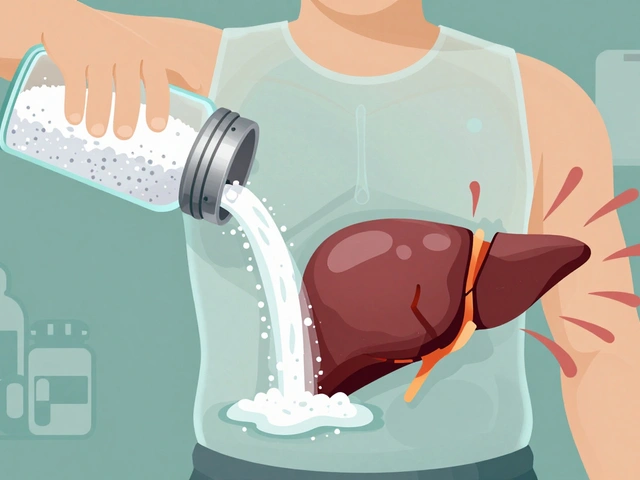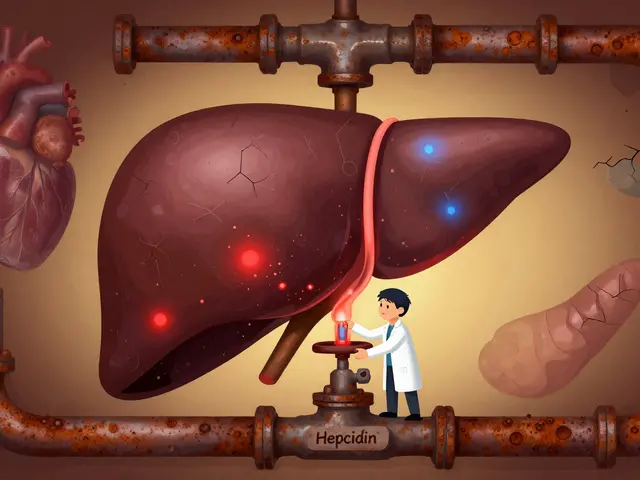Diaper Rash Treatment: Effective Relief and Prevention Tips
When your baby has a red, irritated bottom, it’s not just uncomfortable—it’s stressful for everyone. Diaper rash treatment, the process of soothing and healing inflamed skin caused by prolonged moisture, friction, or irritants in diapers. Also known as diaper dermatitis, it’s one of the most common skin issues in infants and toddlers under two years old. It’s not caused by poor hygiene—many parents blame themselves, but it’s often just a mix of wetness, heat, and sensitive skin reacting to urine, stool, or even new wipes or diapers.
Diaper rash creams, barrier ointments that protect skin from moisture and reduce friction are the first line of defense. Zinc oxide and petrolatum-based products work best because they form a physical shield. Avoid talcum powder—it’s not safe for babies. If the rash doesn’t improve in a couple of days, or if you see pus, blisters, or worsening redness, it might be a fungal infection like candida, which needs antifungal cream, not just a regular barrier ointment. Baby skin care, the routine of keeping a baby’s skin clean, dry, and protected is key. Change diapers every two to three hours, even if they’re not fully wet. Let your baby go without a diaper for 10–15 minutes a few times a day—air exposure helps healing.
Some parents try home remedies like coconut oil or breast milk, and while these might feel soothing, they don’t always stop the rash from spreading. If your baby is on antibiotics, the risk of yeast-related diaper rash goes up—talk to your pediatrician before using anything new. The same goes for cloth diapers: if you’re using a new detergent or fabric softener, that could be the real culprit. Even the type of wipes matters—fragrance-free and alcohol-free are safest.
What you’ll find in the posts below isn’t a list of miracle cures, but real, practical advice from parents and clinicians on what actually works. From choosing the right cream to spotting when a rash needs a doctor’s touch, these guides cut through the noise. You’ll learn how to prevent recurring rashes, what ingredients to avoid, and how to tell the difference between a simple irritation and something more serious—all without jargon or fluff. This isn’t theory. It’s what works for real babies, every day.
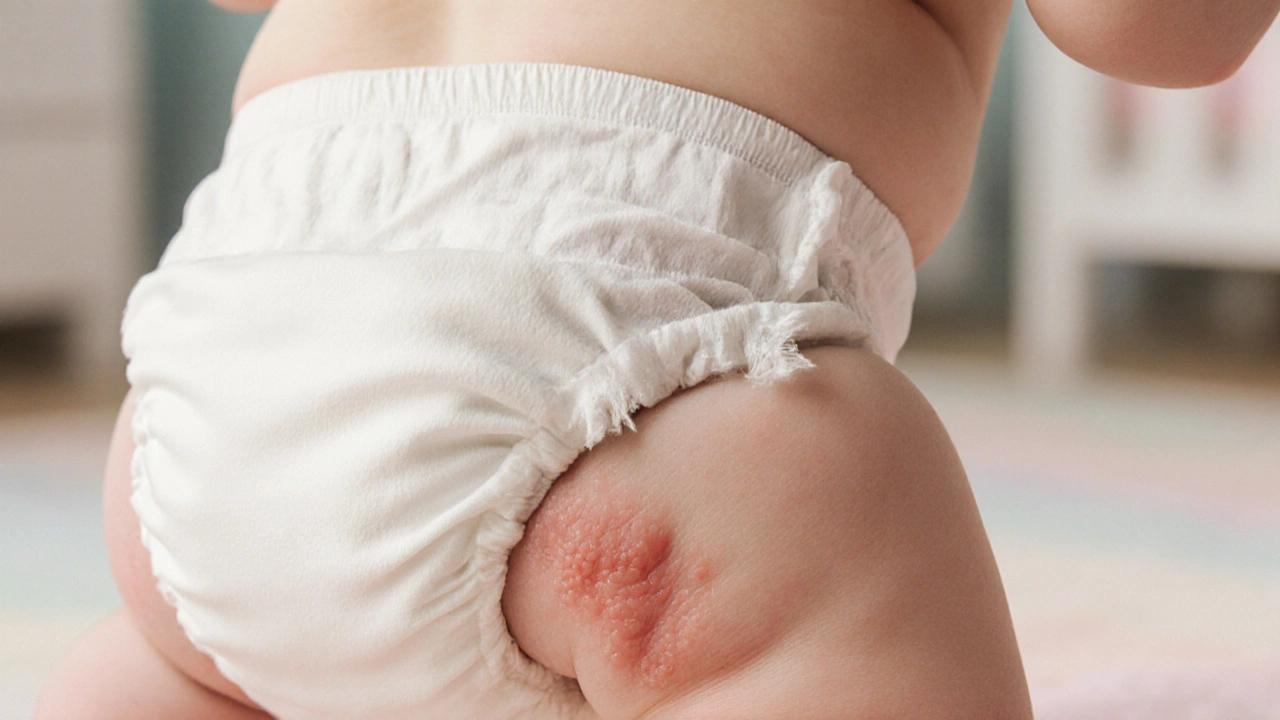
Treating Friction‑Induced Diaper Rash: A Practical Guide
Learn how to quickly treat and prevent friction‑induced diaper rash with easy steps, the best barrier creams, home remedies, and signs that need a doctor.
read more
